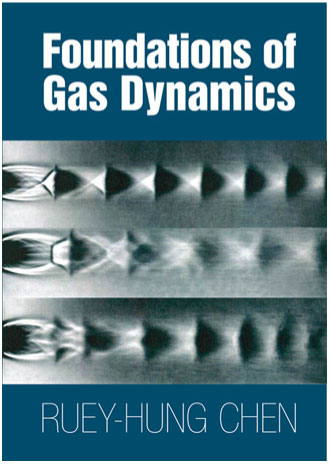
This is a textbook mostly for first year and senior students. It is written based on the two-decade experience of the author in lecturing about gas dynamics. The material is more than sufficient for one semester. First, the author encourages the reader (student) to develop physical understanding and intuition. The author deliberately does not touch any aspects related to numerical methods. There are numerous exercise problems included in the textbook to facilitate understanding of the essential concepts of gas dynamics. The examples are supported by detailed solutions. Some of them are followed by comments that provide a more general overview on the solutions. At the end of each chapter, problems for self-assessment are also available.
The book consists of 12 chapters. The first three chapters cover the basics of the kinetic theory of gases, thermodynamics of compressible flows and acoustic waves. The next four chapters address steady one-dimensional flows. In Chapter 4, flow regimes with shock waves are mostly considered. Then, in Chapter 5, flows in channels with variable cross-sectional areas are analysed. Chapters 6 and 7 are devoted to viscous flows. In these two chapters, some problems related to the prediction of friction and heat transfer are studied. Some basic aspects of the theory of small perturbations in application to inviscid flows are provided in Chapter 8. Then they are applied to the analysis of subsonic and supersonic flows past wavy walls in Chapter 9. The basics of the method of characteristics (MOC) are considered for two spatial variables in Chapter 10. Then, this approach is applied to a supersonic nozzle design. Some aspects related to the formation and interaction of shock waves are addressed in Chapter 11. Finally, Chapter 12 is dedicated to inviscid hypersonic flows. This chapter is relatively brief for such a large topic. Therefore, it addresses only very basic issues such as hypersonic similarity and expansion.
Overall, this textbook covers some foundations of gas dynamics in detail, especially one-dimensional problems. Practicing engineers can find it also useful in some respects. In addition, the book can be attractive for lecturers, in particular, because it contains numerous examples.


